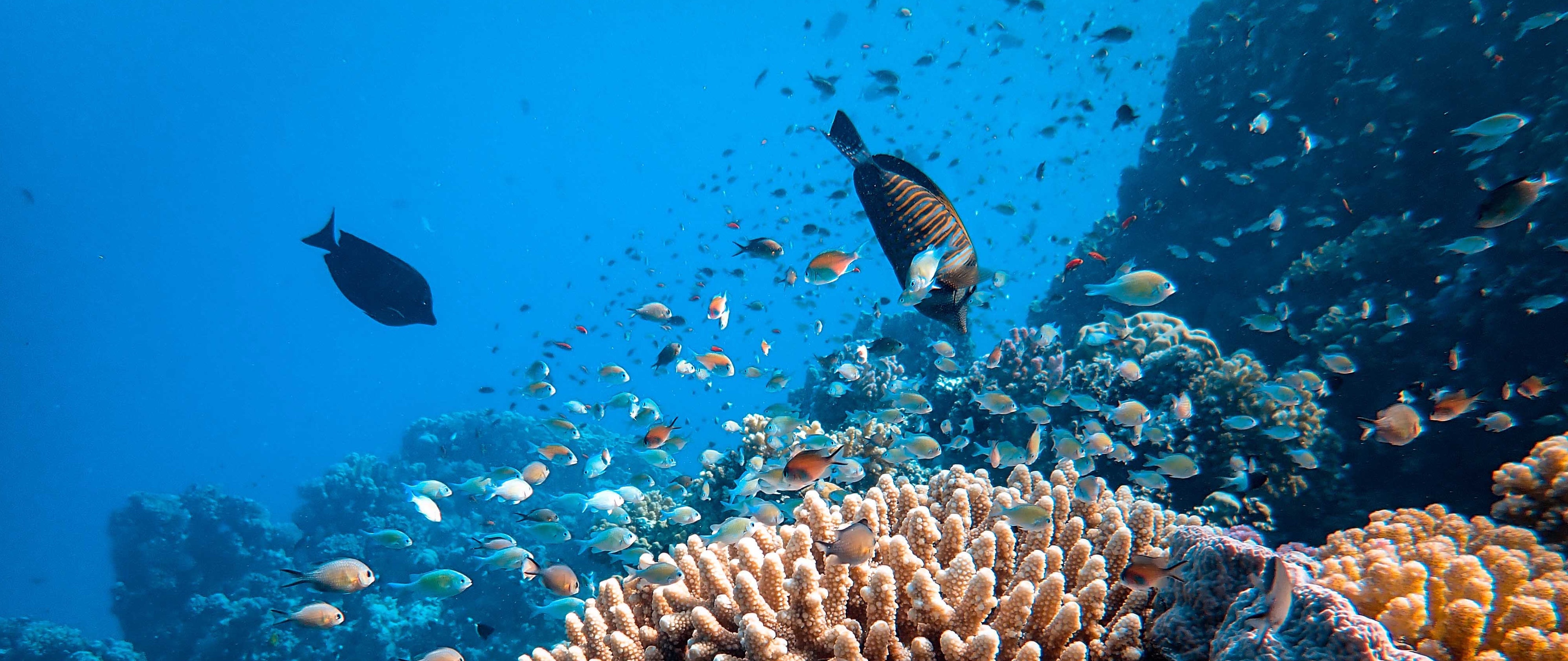
The ocean covers about 70% of the earth’s surface and contributes to many valuable ecosystem services that benefit humanity. It provides habitat to millions of unique marine species, supplies healthy food resources, and acts as a natural carbon sink to combat climate change.
Marine protected areas (MPAs) are an effective conservation tool for restoring the ocean, protecting biodiversity, carbon stocks and other ecosystem services at risk from human activities. However, due to conflicts with fisheries and other extractive uses, only 2.7% of the ocean is currently highly protected.
To address this challenge, an international team of 26 authors – including six Bren researchers– published a groundbreaking study in Nature, offering a conservation framework that prioritizes highly protected marine areas in places where multiple benefits would occur. By exploring synergies across objectives and overlaying single-objective priority maps, researchers developed a combined, multi-objective solution that showed substantial increases in ocean protection that could have triple benefits – safeguard biodiversity, boost the yield of fisheries and secure marine carbon stocks.
The results identified specific areas that, if protected, would preserve over 80% of habitats for endangered marine species, and increase fishing catches by more than eight million metric tons. The study is also the first to quantify the potential release of carbon dioxide into the ocean from bottom trawling. Researchers found that this widespread fishing practice is responsible for hundreds of millions of tons of carbon emissions annually, a volume of emissions equivalent to all aviation emissions worldwide. However, eliminating 90% of the present carbon disturbance risk would require protecting only about 4% of the ocean.
Priority locations for these triple benefits are distributed throughout the ocean, with the vast majority of them contained within the 200-mile Exclusive Economic Zones of coastal nations. The additional protection targets are located in waters governed by international law, which include the Mid-Atlantic Ridge – a massive underwater mountain range, Mascarene Plateau in the Indian Ocean, the Nazca Ridge off the west coast of South America and the Southwest Indian Ridge, between Africa and Antarctica.
“While we consider three key benefits that marine protection is known to confer, this is really just the beginning,” said Bren co-author Darcy Bradley, co-director of the Ocean and Fisheries Program at UC Santa Barbara’s Environmental Market Solutions Lab (emLab). “Our approach is a way to bring multiple stakeholders to the table, to show that their interests can be prioritized, and ultimately to demonstrate that solutions that protect large ocean areas and benefit multiple simultaneous objectives exist.”
A globally coordinated effort could be nearly twice as efficient as uncoordinated, national-level conservation planning. This study does not provide a single map for ocean conservation, but it offers a first-in-kind framework for countries to decide what areas to protect depending on their national priorities, which can help to motivate a more science-based expansion of ocean protection and contribute to solving three major 21st century challenges — the decline of global biodiversity, the need to provide nutrition to a growing population and the imperative to mitigate climate change.
“There is no single best solution to save marine life and obtain these other benefits. The solution depends on what society — or a given country — cares about, and our study provides a new way to integrate these preferences and find effective conservation strategies,” said coauthor Juan Mayorga, a marine scientist at emLab as well as National Geographic Society’s Pristine Seas.
The study comes ahead of the 15th Conference of the Parties to the United Nations Convention on Biological Diversity, which is to be held in 2021. The meeting will bring together representatives of 190 countries to finalize a global agreement to protect at least 30% of the ocean by 2030 and achieve both biodiversity, conservation and climate mitigation goals.
“Smart ocean protection will help to provide cheap natural climate solutions, make seafood more abundant and safeguard imperiled marine species—all at the same time.” said Dr. Boris Worm, a study co-author and Killam Research Professor at Dalhousie University in Halifax, Nova Scotia.“The benefits are clear,” he continued. “If we want to solve the three most pressing challenges of our century — biodiversity loss, climate change and food shortages — we must protect our ocean.”
Further Reading:
Study in Nature: Protecting the Ocean Delivers a Comprehensive Solution for Climate, Fishing, and Biodiversity, National Geographic, 17 March 2021
Three Times the Gains, The UCSB Current, 17 March 2021
Protecting the global ocean for biodiversity, food and climate, Nature Communications, 17 March 2021






